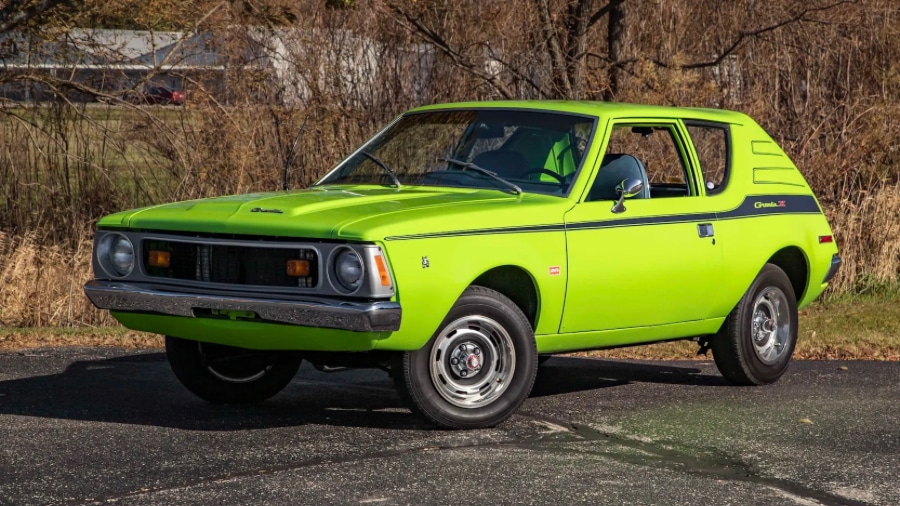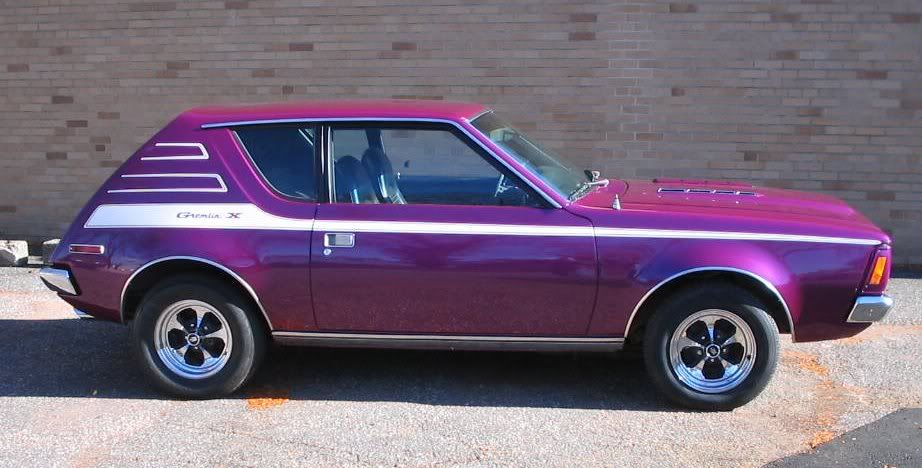One of the most common American automotive stereotypes is that domestic manufacturers always insist bigger is better. However, the recession of the early ’70s and the surge of Japanese and European brands showed that not all customers wanted big sedans or wagons. Some were perfectly happy with small, much more fuel-efficient cars.
During this time, American car brands produced numerous compact models. Some were genius and innovative while some were just badge-engendering and forgettable. All have their place in the history of the American car industry and the hearts of millions of buyers. We looked back at the most interesting classic American compacts. These were cars you loved, hated, and even missed. But they all have one thing in common – they all tell the story of the rise and fall of this once-exciting segment. Let’s get started.

AMC Gremlin
Introduced in 1970 on April 1st, the AMC Gremlin looked like an April Fool’s joke. Competitors laughed at its compact dimensions, odd rear end, and diminutive engines. But very soon AMC was laughing all the way to the bank. The Gremlin was a sales success and the first American subcompact car. In the late ’60s, American manufacturers offered big, heavy models but sales of compact imports like the Toyota Corolla or VW Beetle started to rise. AMC noticed the trend and began developing a small, subcompact model that would be cheap yet offered lots of room inside and decent driving dynamics (via Motor Trend).

When the Gremlin was first introduced, it received mixed reviews. But it soon became popular, especially with younger audiences. In fact, in the decade of platform shoes, The Eagles, and shag carpets, Gremlin became one of the symbols of the generation and a very influential model that inspired all American manufacturers to offer small economy cars.
